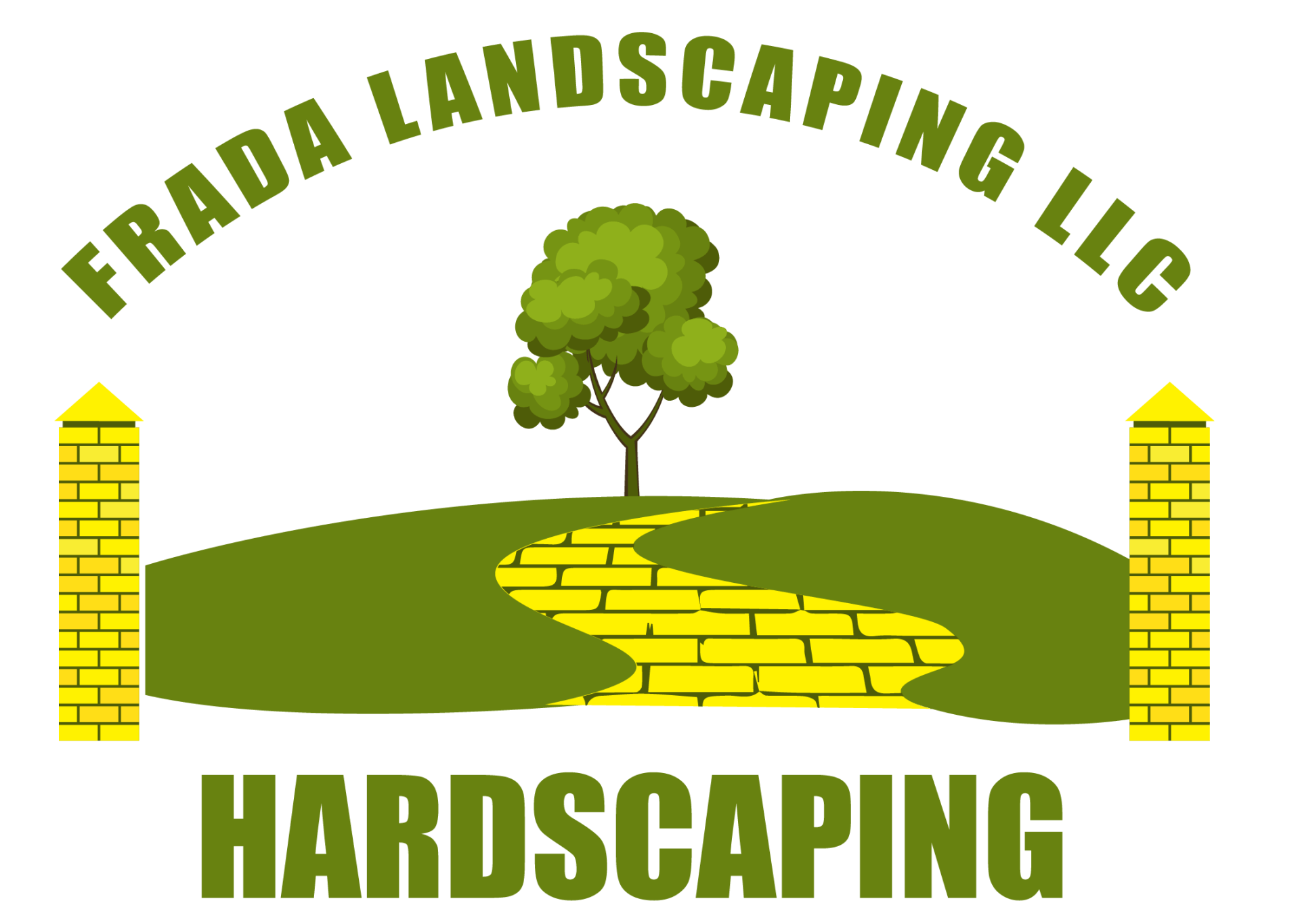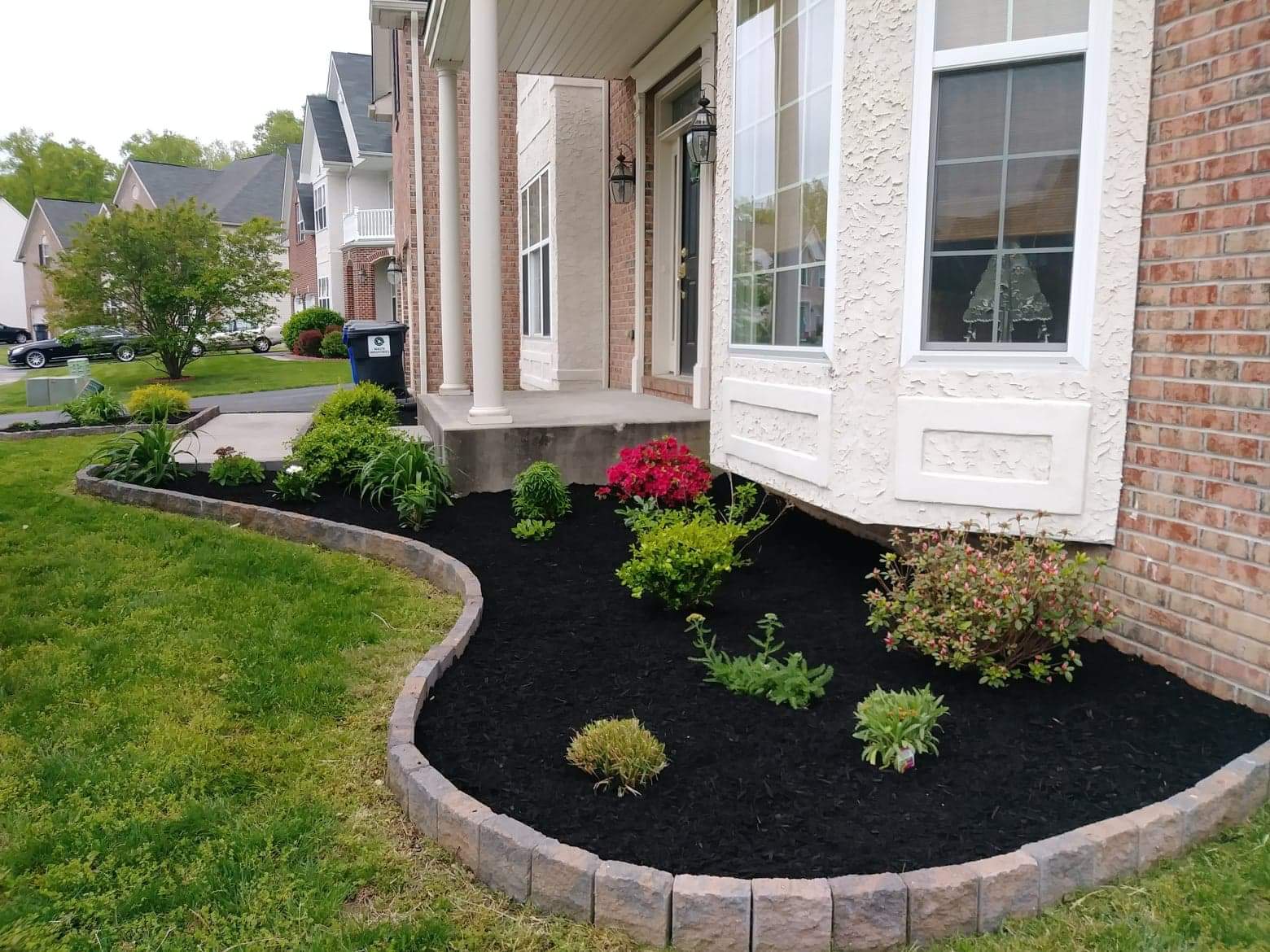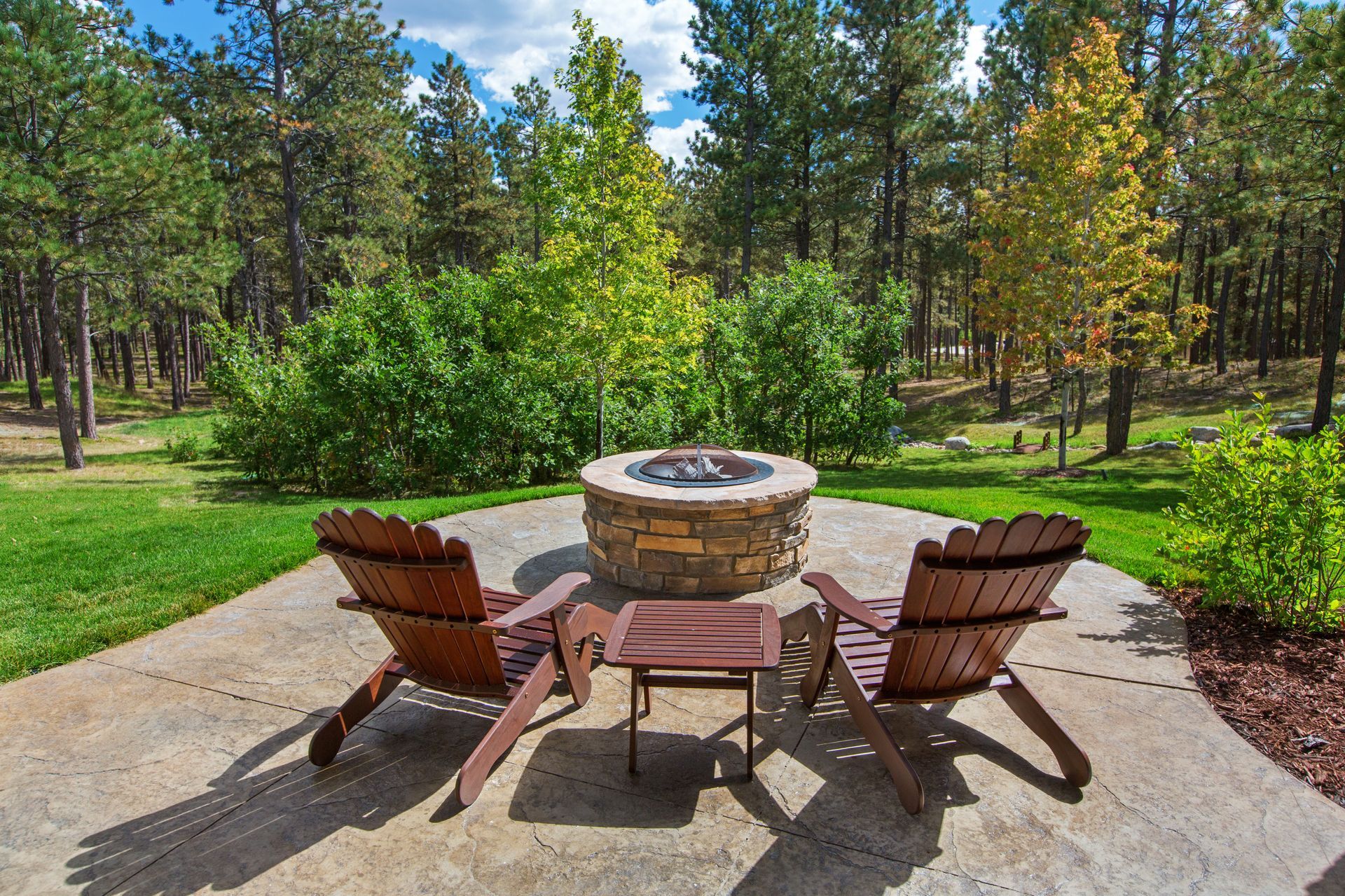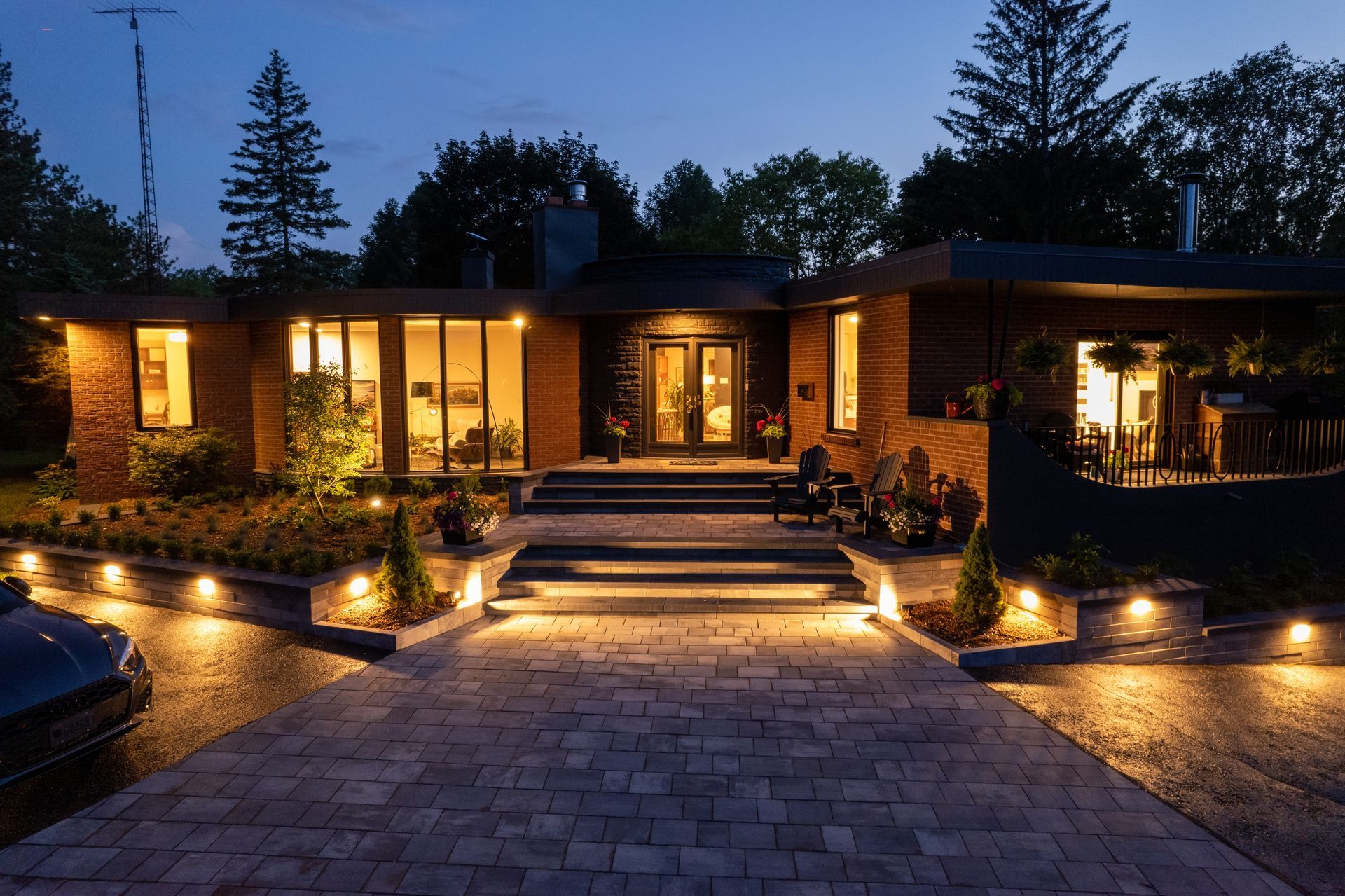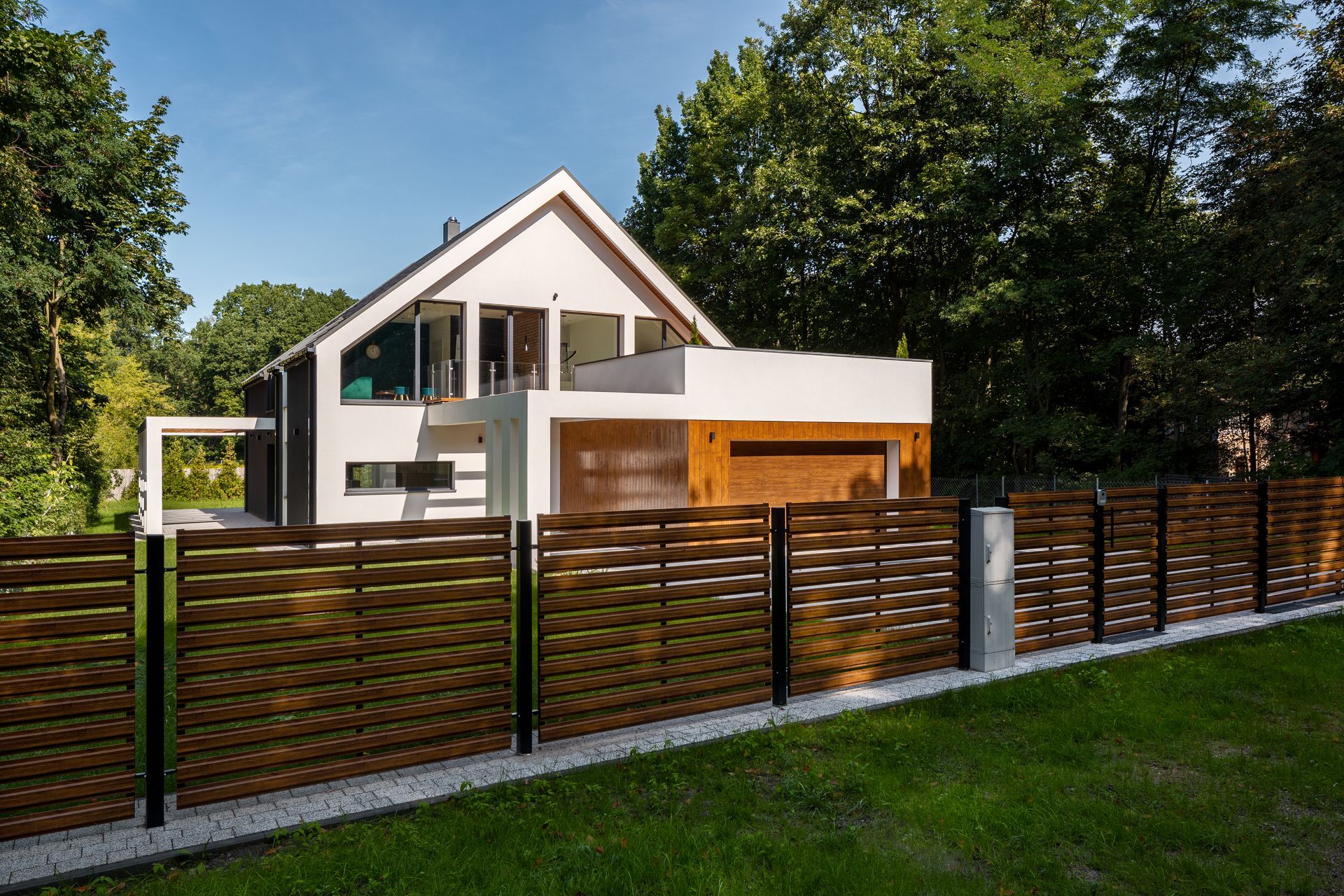10 Tips on How to Design a Low-Maintenance Landscape
10 Tips on How to Design a Low-Maintenance Landscape
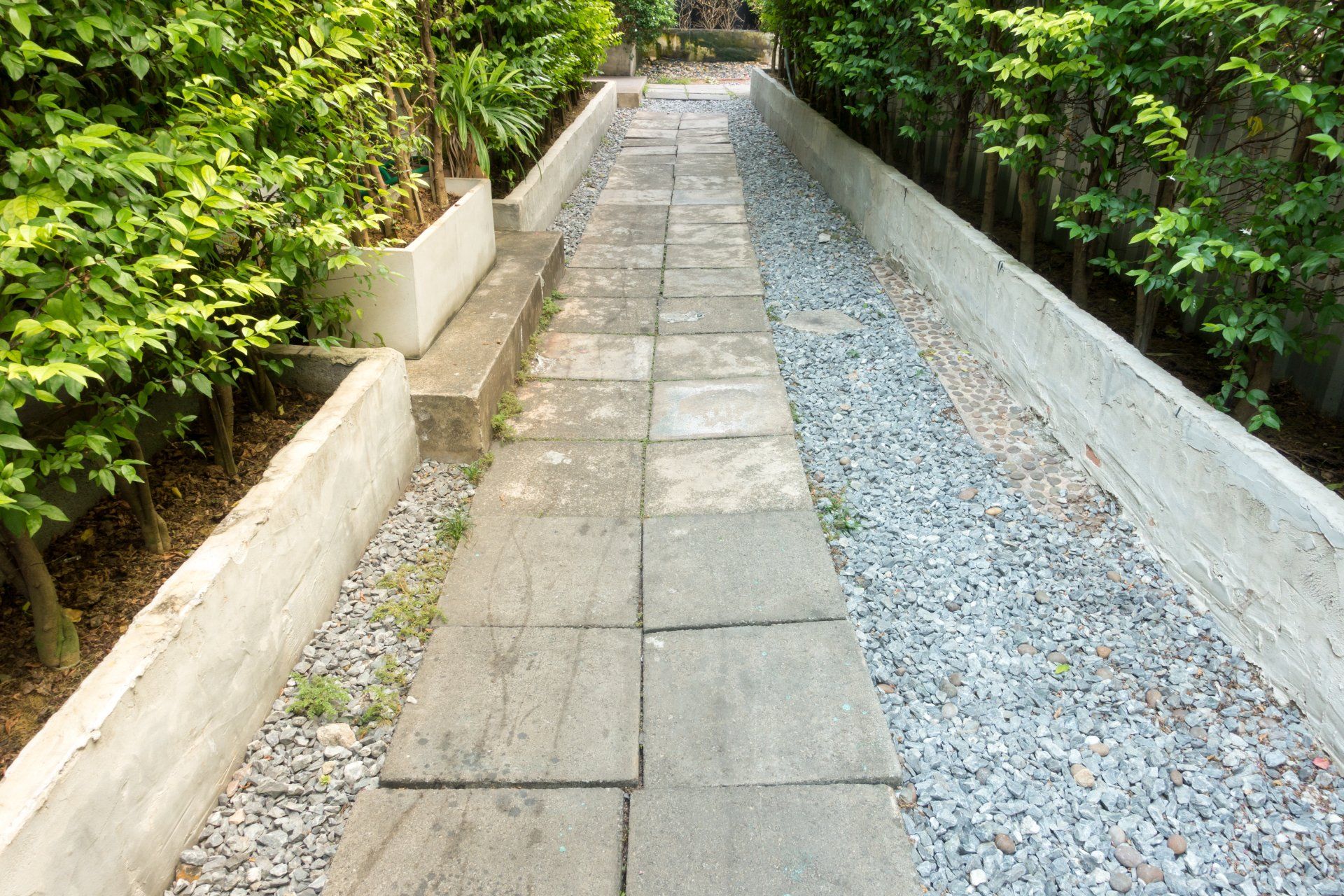
Landscaping is an essential part of any home or commercial property. It adds beauty, value, and functionality to the property. However, maintaining a lush green landscape can be a daunting task. It requires time, effort, and a considerable amount of money.
With the proper techniques, you can have a beautiful landscape that requires minimal maintenance. This blog will discuss 10 low-maintenance landscaping techniques to help you achieve a stunning landscape with minimal effort.
1. Choose Native Plants
One of the best ways to create a low-maintenance landscape is to choose native plants. They are adapted to the local climate, soil conditions, and require less water and maintenance. Native plants also resist pests and diseases, reducing the need for pesticides and fertilizers.
2. Group Plants by Water Needs
Grouping plants by water needs is an effective way to reduce watering and maintenance. Plants that require more water should be grouped together, while those that require less water should be grouped separately. This will ensure that each plant receives the right amount of water, reducing water usage and maintenance.
3. Use Mulch
Mulch is an essential component of low-maintenance landscaping. It helps retain moisture, suppresses weeds, and regulates soil temperature. Mulch also adds nutrients to the soil, reducing the need for fertilizers. Choose organic mulch like wood chips, bark, or leaves that will decompose over time and improve the soil quality.
4. Install Drought-Tolerant Plants
Drought-tolerant plants are an excellent addition to a low-maintenance landscape. They require minimal watering and maintenance and are adapted to dry conditions. Some popular drought-tolerant plants include succulents, cacti, lavender, and rosemary.
5. Install Hardscaping Features
Hardscaping features like rocks, gravel, and pavers are an excellent way to reduce maintenance in the landscape. They require minimal upkeep and can add texture and contrast to the landscape. Hardscaping features also help prevent erosion and provide a stable surface for foot traffic.
6. Create a Low-Maintenance Lawn
Maintaining a traditional lawn can be time-consuming and expensive. Consider creating a low-maintenance yard using a mix of grasses requiring less water and mowing. You can also replace some turf with clover, which is drought-tolerant and requires less maintenance.
7. Use Smart Irrigation
Smart irrigation systems like drip irrigation and rain sensors can help reduce water usage and maintenance. Drip irrigation directly delivers water to the roots, reducing evaporation and waste. Rain sensors can detect rainfall and turn off the irrigation system, preventing overwatering.
8. Add Edible Plants
Adding edible plants like herbs, fruits, and vegetables to the landscape can reduce maintenance and provide fresh produce. Edible plants require minimal maintenance and can be grown in containers or raised beds. They also add texture and color to the landscape.
9. Incorporate Low-Maintenance Trees
Incorporating low-maintenance trees like evergreens and deciduous trees can add shade, privacy, and beauty to the landscape. They require minimal watering and pruning and can provide a habitat for wildlife.
10. Use Perennial Plants
Perennial plants are an excellent choice for a low-maintenance landscape. They come back year after year, reducing the need for replanting. Perennial plants also require less water and maintenance than annuals and can add color and texture to the landscape.
Conclusion
Creating a low-maintenance landscape requires careful planning and consideration of the local climate and soil conditions. By following these ten low-maintenance landscaping techniques, you can achieve a beautiful and functional landscape that requires minimal time and effort.
If you're looking for
landscaping services that will transform your outdoor space, look no further than Frada Landscaping. We specialize in all aspects of lawn care, from design and installation to maintenance and repairs. We'll work with you to create a customized plan that meets your needs and budget. Contact us today to get started.
